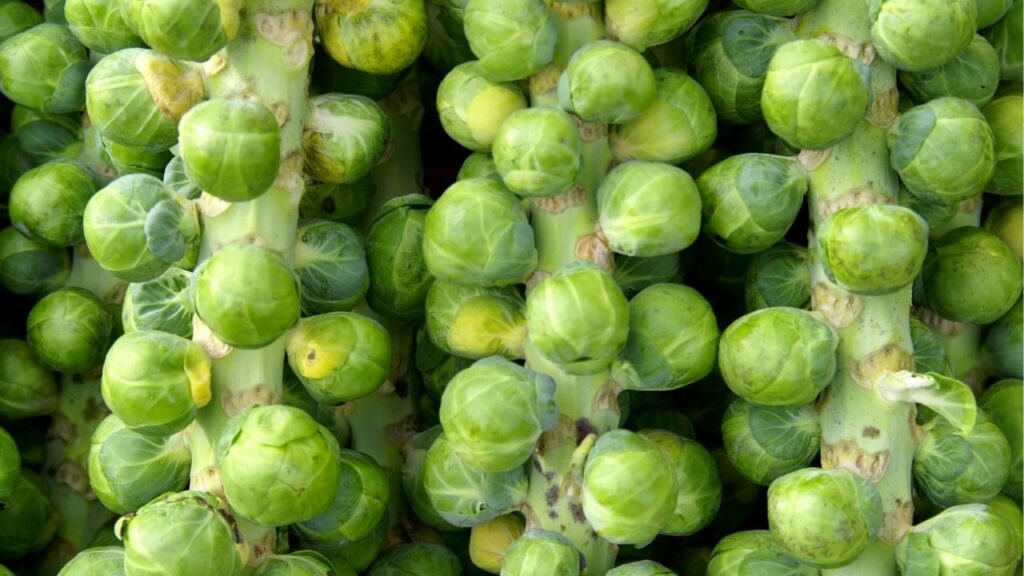Lamb is a great alternative protein source to feed your dog which has many health benefits. Lamb has a high nutritional value and is rich in vitamins and minerals.
Key Takeaways
- Dogs can eat lamb, and they don’t mind doing it, either.
- Lamb is good for dogs as an everyday source of protein.
- Lamb meat can be too rich for dogs not used to its fat content. To prevent stomach upset, add lamb into your dog’s diet gradually over several days.
From Field to Table
Lamb is a type of red meat that comes from young, domesticated sheep.1 Not all grocery stores carry lamb year-round, but it can also be found in meat-specific shops.
Lamb is generally a good protein source for dogs, especially if they have allergies or sensitivities to other protein sources.2 Dogs can safely eat many types of lamb meat and organs, including liver, heart, kidney, and tripe.4
Lamb-based dog food in dry or wet versions is produced by many brands, and lamb-based dog treats are also available on the market.
Is Lamb Good for Dogs?
Lamb is definitely good for dogs. Lamb has many qualities that make it a nutritious addition to your dog’s diet:1,2,4
- Lamb has protein and fat, with one 3.5 ounce serving having about 260 calories, 25 grams of protein, and 16 grams of fat.
- Lamb’s fat content is mostly saturated and monounsaturated fats, with small amounts of polyunsaturated fats.
- Lamb also contains conjugated linoleic acid, which is linked to positive health benefits for humans including reduced body fat mass. That said, large amounts of linoleic acid can be bad for metabolic health, so lamb should be eaten in moderation.
- Lamb is full of vitamins including vitamins A, B2, B3, B9, and B12.
- Lamb has benefits for older dogs as vitamin B12 has been shown to play a role in blood formation and brain function.
- Lamb has been shown to be helpful for muscle maintenance, improving physical performance, and preventing anemia.
- Important minerals found in lamb include iron, copper, selenium, zinc, and phosphorous.
- CoenzymeQ10 is also found in lamb. This is important for heart and immune system health.
- Lamb is a low-histamine food item if fed fresh or frozen. This may be beneficial for dogs with mast cell tumors.
When to Not Feed Lamb
Do not feed lamb if your dog is allergic to it or doesn’t tolerate it well.
There are no known drug interactions with lamb.5
We don’t recommend marinated, smoked, aged, and canned lamb, because these pre-packaged foods may also have marinades with preservatives, sugars, or other problematic ingredients, like carcinogenic heterocyclic amines in smoke flavor, for example. For dogs with mast cell tumors, it may be wise to also avoid ground lamb, which has higher histamine content.4
Are Lamb Bones Safe for Dogs?
You should not feed your dog cooked lamb bones as they can damage the mouth and gastrointestinal tract.
You may give your healthy dog raw lamb bones, but they may carry parasites or bacteria that could affect your dog negatively. Be sure to offer the right sized bone for your dog and supervise her while she chews.
Dogs with cancer or who are undergoing chemotherapy should not be fed raw food, including raw bones, as their immune systems are already compromised and do not need to risk having to fight off a bacterial infection.
How to Prepare Lamb for Dogs
Lamb should be prepared for your pet plain, without any extra salt or seasoning mixes that contain onions or sugars. Some herbs and spices can be healthy and even beneficial for dogs with cancer, but in general, extra salts and sugars are not.2
Start by removing the bones (if present). Bones can be a choking hazard or damaging to the gastrointestinal tract.3
Next, cook the lamb all the way through to be sure that you are destroying any parasites or pathogens that may be in the meat. Simmering on low heat is a great way to cook the lamb without any of the carcinogen risks that come with cooking on high heat.
A serving of lamb for a dog would be one quarter pound of lamb per twenty pounds of body weight of the dog.
Although dogs can eat raw lamb, raw or undercooked meat can cause bacterial infection. Dogs with suppressed immune systems, cancer, undergoing chemotherapy or with kidney or liver disease should not eat raw lamb.
Sourcing Lamb
Fresh or frozen lamb is best to give your pets as it contains lower amounts of histamines. This may be particularly helpful for dogs with mast cell tumors.
Organic or grass-fed meat are the best sources as the animals have not been exposed to synthetic pesticides, herbicides, or lived near commercial fertilizers.6,7,8 Some commercially grown lamb has higher fat levels than pasture raised,6,7,8 and fatty acid content was shown to be slightly lower in organic meat.7,8
- Pletcher P, ed. Lamb and cholesterol: what you need to know. https://www.healthline.com/health/food-nutrition/lamb-and-cholesterol#Lamb-a-healthier-way-. Published October 12, 2017. Accessed January 19, 2023.
- Miller A, Pure Pet Food. Can dogs eat lamb? Pure Pet Food. https://www.purepetfood.com/help/can-dogs-eat-lamb. Published January 30, 2020. Accessed January 19, 2023.
- Godden L. Cooked bones are dangerous for dogs . Animal Emergency Service. https://animalemergencyservice.com.au/blog/cooked-bones-dangerous-for-dogs/. Published June 8, 2022. Accessed April 21, 2023.
- Is lamb high in histamine? Fig App. https://foodisgood.com/is-lamb-high-in-histamine/#:~:text=Lamb%20is%20low%20histamine%20only,aged%20and%2For%20canned%20lamb. Published 2023. Accessed January 19, 2023.
- Lamb. Uses, Interactions, Mechanism of Action | DrugBank Online. https://go.drugbank.com/drugs/DB10537. Published June 12, 2020. Accessed January 19, 2023.
- Grass-fed vs. organic meat: What’s the difference? Health Essentials. https://health.clevelandclinic.org/grass-fed-vs-organic-meat-whats-the-difference/. Published December 29, 2021. Accessed January 19, 2023.
- Średnicka-Tober D, Barański M, Seal C, et al. Composition differences between organic and conventional meat: A systematic literature review and meta-analysis. British Journal of Nutrition. 2016;115(6):994-1011. doi:10.1017/s0007114515005073
- Davis H, Magistrali A, Butler G, Stergiadis S. Nutritional benefits from fatty acids in organic and grass-fed beef. Foods (Basel, Switzerland). https://pubmed.ncbi.nlm.nih.gov/35267281/. Published January 3, 2022. Accessed January 19, 2023.
Topics
Did You Find This Helpful? Share It with Your Pack!
Use the buttons to share what you learned on social media, download a PDF, print this out, or email it to your veterinarian.



